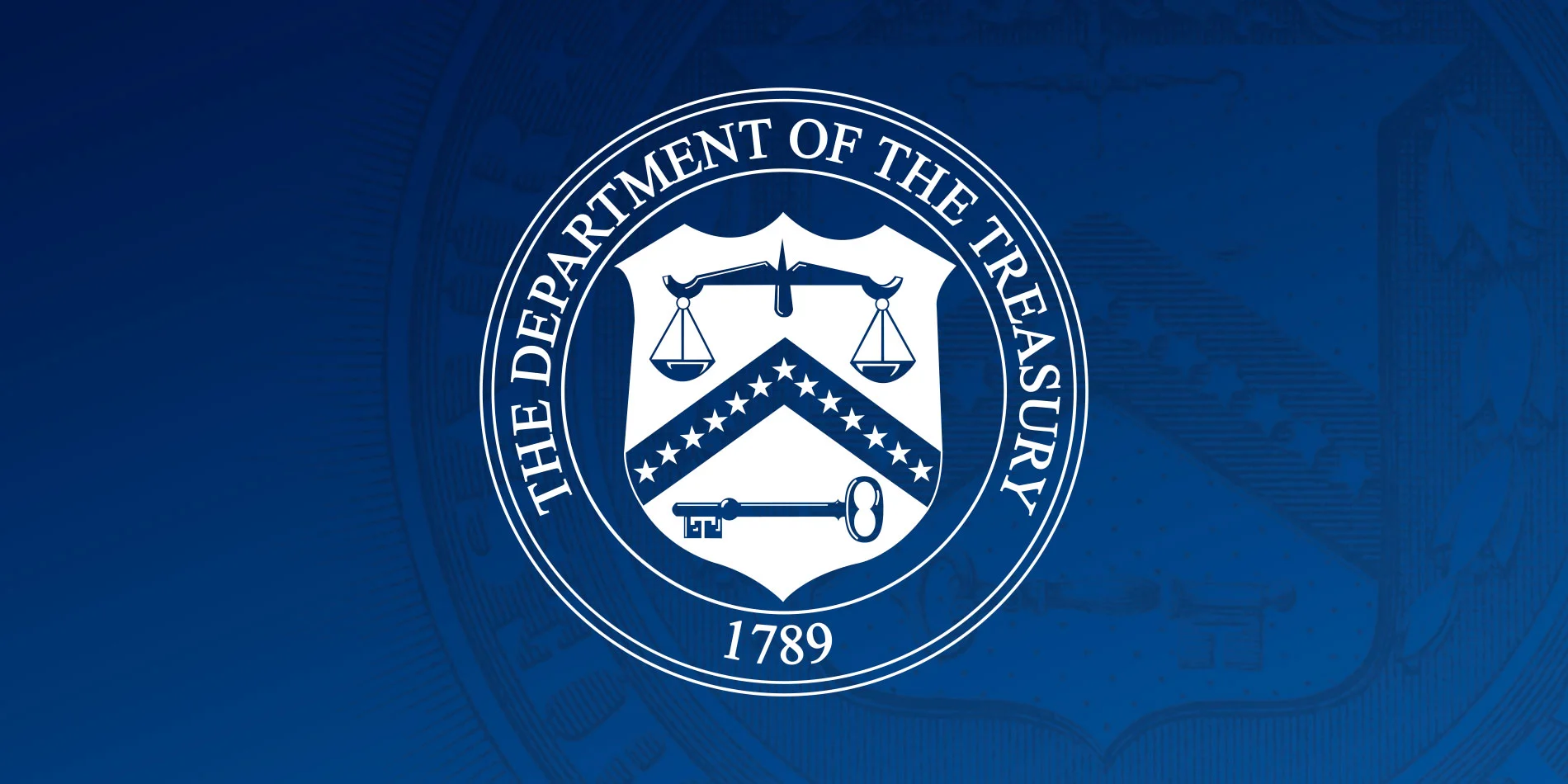The Treasury Department today is releasing its most comprehensive ever look at the role that labor unions play in the American economy with a new report by the Department’s Office of Economic Policy. The report represents one of the over 70 actions implemented by the White House Task Force on Worker Organizing and Empowerment, chaired by Vice President Harris. The report finds that unions play an important role in addressing longstanding challenges faced by the middle class – including stagnant wages, high housing costs, and reduced intergenerational mobility. In doing so, unions contribute to a more robust and resilient economy.President Biden, Vice President Harris, Secretary Yellen and the Administration have consistently championed the rights of workers and the role of strong labor unions in contributing to a thriving middle-class and economy – including through good-paying jobs, safe working conditions, and equitable treatment for workers. The report’s key findings are:Middle-class workers reap substantial benefits from unionization. Unions raise the wages of their members by 10 to 15 percent. Unions also improve fringe benefits and workplace procedures such as retirement plans, workplace grievance policies, and predictable scheduling. These workplace improvements contribute substantially to middle-class financial stability and worker well-being. For example, one study has estimated that the average worker values their ability to avoid short-notice schedule changes at up to 20 percent of their wages.Unionization also has spillover effects that extend well beyond union workers. Competition means workers at nonunionized firms see increased wages too. Heightened workplace safety norms can pull up whole industries. Union members improve their communities through heightened civic engagement; they are more likely to vote, donate to charity, and participate in a neighborhood project. And, the higher pay and job security of both union and nonunion middle-class workers can further spill over to their families and communities through more stable housing, more investment in education, and other channels.Unions help create a fairer economy by benefiting all demographic groups. By encouraging egalitarian wage practices, unions serve to reduce race and gender wage gaps. And modern unions have broad representation across race and gender. In 2021, Black men had a particularly high union representation rate at 13 percent, as compared to the population average of 10 percent. The diverse demographics of modern union membership mean that the benefits of any policy that strengthens today’s unions would be felt across the population.Finally, in addition to supporting the middle class, unions contribute to economic growth and resilience. They do so in part simply by reducing overall inequality. Income inequality often feeds back into inequality of opportunity, which impedes growth if disadvantaged people cannot access the resources necessary to acquire job skills or start businesses. And unions can boost businesses’ productivity by improving working environments and by giving experienced workers more of an input into decisions that design better and more cost-effective workplace procedures. The Biden-Harris Administration recognizes the benefits of unions to the middle class and the broader economy and continues to take steps to strengthen their role. Promisingly, there have been recent signs of a reinvigorated labor movement, as union election petitions in 2022 bounced back from the pandemic to their highest level since 2015, and public opinion of labor unions is at its highest level in over 50 years. Actions taken and planned by the Biden-Harris Administration to advance this progress include:Prioritizing the passage of the Protecting the Right to Organize (PRO) Act and the Public Sector Freedom to Negotiate Act. Appointing a General Counsel and Board Members to the National Labor Relations Board (NLRB) committed to protecting the right of workers to organize in the workplace. Increasing the funding of the NLRB to enable them to expand enforcement activities.Creating the White House Task Force on Worker Organizing and Empowerment, which, under the leadership of Vice President Harris, works with agencies on ways to use their existing statutory authority to support worker organizing and bargaining.Signing Executive Order 14063, which requires the use of project labor agreements on federal construction projects of $35 million or more.Signing Executive Order 14003 to promote the rights of federal employees to collectively bargain.Launching the Good Jobs Initiative to ensure the provision of critical information to workers, employers, and government—including about the union advantage—as they work to improve job quality and create access to good jobs free from discrimination and harassment for all working people.Promoting “know your rights” initiatives to provide workers with better information about their organizing and bargaining rights.Announcing a new rule to raise wage standards of construction workers by updating prevailing wage regulations issued under the Davis-Bacon and Related Acts, which require payment of locally prevailing wages and fringe benefits to more than one million construction workers.Requiring employers to pay prevailing wages and abide by apprenticeship requirements to claim the full value of many clean energy tax incentives in the Inflation Reduction Act, as part of the Treasury Department’s implementation of the law.###



Because in a factory you literally turn out widgets based on floor design and hours worked. If the workers work less hours, you have less throughput. So you either lose productivity or hire more workers. These are not white collar jobs where you have wasted time…they literally install widgets with the same motion all day. What papers have you read on factory productivity and industrial engineering that led you to believe that factory workers were sandbagging and could turn out 20% more if only they had another day off?